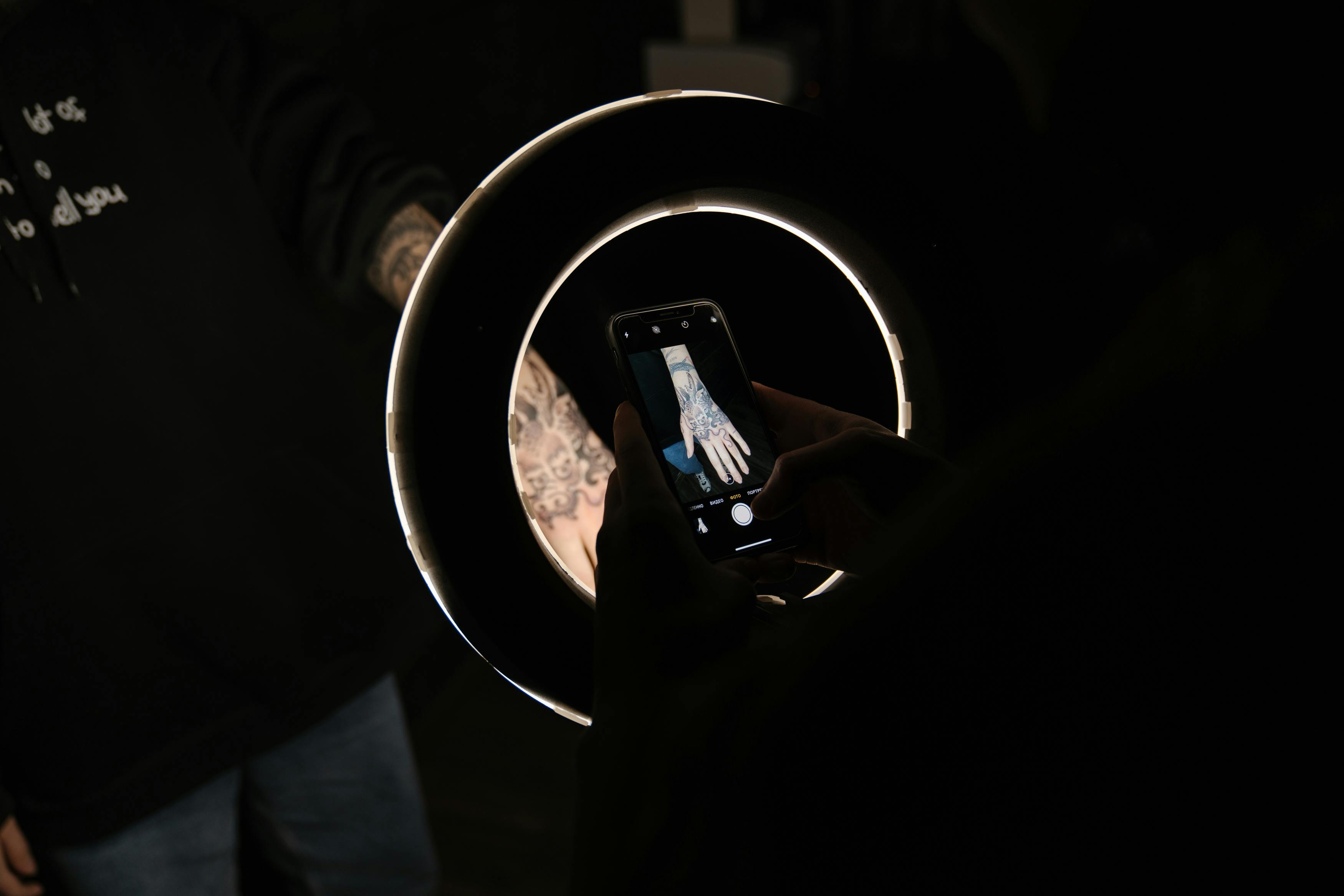A couple of new future concepts, ideas and inventions for your intellectual mind
As you know, every day I come up with at least 2 original ideas and instead of making lots of small articles describing this week’s innovative new concepts, I thought I’d share with you 6 or 7 of the ideas, all grouped together in one article. Why? To help get your intellectual mind thinking and get you in the creative flow, now let’s start with:
Regenerative Compression for Cars Powered by Compressed Air – Concept Idea Considered
We are all aware of regenerative braking systems that use the deceleration of cars to create friction-like power generation to keep the batteries of a hybrid or fully electric car charged. Well, what if we used such a regenerative scheme to spin a compressor motor? How come you ask? Well, when braking, the wheels turn the compressor wheel to re-compress the air tanks, which could then be used for power and/or to charge the battery or run a generator for the car’s electrical equipment.
There have been some successful attempts at a compressed air engine to drive a car, a bicycle, and a motorcycle. Although these previous attempts have been less than stellar for scope, such technology makes sense for some applications. Well, what if we used this concept to increase range by repaying the loss of wasted kinetic energy during deceleration just like we do with today’s hybrid and electric cars? Compressed air holds promise if you have the right engine and transmission. Okay, then think about it.
For number two; I’d like to talk about the Apple iPad, the Amazon Fire, and other popular tablet-like personal computing devices. What we clearly need is “iPad Holder Attire Is Necessary For All Occasions”, in fact, there was an interesting article in Fast Company Magazine in September 2001 titled; “For every iPod, there is a pair of hammer pants,” which spoke about the normal evolution of products to adapt to changes in our society. It showed a pair of pants in one of the scenes against another pair of ugly jean shorts from back in the day; the newer version with an extra large pocket, which matched the perfect size for an iPad.
More and more people take their tablets with them wherever they go, just as they are now fully mobile with their smartphones. With so many people on the go and computing mobile, isn’t it about time people started making a fashion statement about their modern use of personal technology too? Perhaps use graphene coatings, or electromagnetic induction techniques, or even solar power to power up and keep the tablet charged like a docking station?
Well, how about another concept or invention for you today? Let’s call this Number Three. How about an “Electronic Sensor to Outsmart the Brain Fart”? How come you ask? Well, it’s widely known by those who study this kind of thing that if someone is doing a specific task for a certain period of time, they will eventually make a small mistake, and interestingly enough, scientists using fMRI, EEG, and brain scanning technologies NanoSquid can actually predict when.
All we have to do is miniaturize these components and connect them to equipment, computers, cars, smartphones, military fighter jets, etc., and have said device send out a pulse of a hyper-alert brain wave just before the event occurs. mistake.
Number four: Next, I’d like to make it clear to my reader that the ultrasound created by large wind turbines tends to thicken the air around them, which is good for the next wind turbine in that now modified relative wind. However, by thickening the air, it also allows the air molecules to align and combine at a faster rate.
So it is more likely that airborne pollution particles will also form, which is why we need a set of wind turbine blades that produce little to no ultrasound. In fact, we should aim for almost zero, because making noise of any kind is a waste of energy. There are some designs that produce less ultrasound, but that is not usually the case with the extra-large wind turbines in use today, or those found in very large wind farms today.
Speaking of which, let me bring up another point of contention and ask a question, one that you may not know the answer to, nor probably have considered; “Do cell phone towers cause a thick atmosphere near the surface?” The answer would be yes, but how much is hard to say. If we want to reduce frequency pollution and the inadvertent combination of air pollution molecules, we should think here.
No, I’m not done with this week’s original thoughts, so here’s number five. I would like you to consider another interesting concept; “Laser scaffolding scheme to collect energy from earthquake waves worked. What now?”
You see, I had read an article in the Christian Science Monitor on April 18, 2011 titled; “Construction – Absorbing the Effect of an Earthquake”, by writer Chris Gaylord, who discussed a new construction technique to allow for elasticity with a “fused approach to mitigate or concentrate damage…” when a lightbulb went off in his head .
You see, he reasoned that springy steel cables could be substituted with laser beams from free electron particles crisscrossing an area around an earthquake fault, but first he had to put those calculations together, with some other scientific data he had read about the measurement. of minor tremors due to fracking techniques now used in the oil and gas industry.
Now, one of the diagrams in the Christian Science Manager showed how the structural pieces were designed to break in a way that protects the building from falling and fuses it back together, keeping it upright. Ok, taking this idea, what if we build a high power artificial frequency grid using some long stakes driven into the ground and create a grid gate to bounce the S and P waves preventing big jolts? Can it really be done, how much energy does it take, do we have the technology? Hard to say, but nothing is impossible when it comes to American technology.
Number six: Here’s another clever idea and concept for my latest groundbreaking invention; “Futuristic holographic retail displays are cool”, and they’re cool because they’ll interact with your smartphone, which will have a 3D rendering of your body, and you’ll be able to interface with the retail clothing store’s computer to display it in a hologram before your eyes, wearing the outfit you’d like to try on.
In other words, no more fitting rooms, no more store shrinkage due to theft, and the clothes you buy will never have been worn, not even to be tried on in the fitting room. Imagine that, not better yet, invent it and then make millions, because people will buy it, and all you need is the app and an IBM spectral imaging projector to sell that concept to retailers – done deal. In fact, I hope you will please consider all of these new thoughts of the week.




